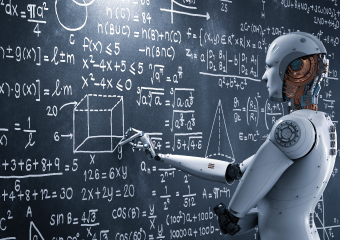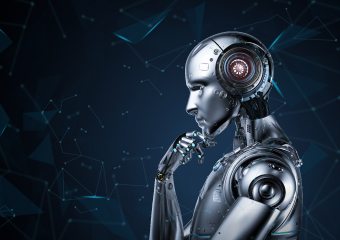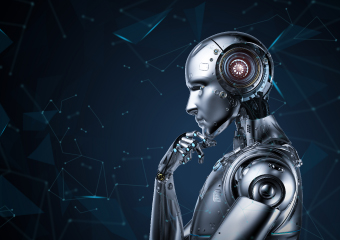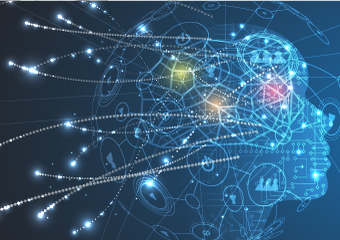June 04, 2021
2020 taught us several lessons and accelerated world-wide shift to digital work while retaining productivity and cost spends. Even matured enterprises have already slated a phased shift to get a digital workplace suite. This transition is inevitable as we switched from wired networks to wireless networks. While wired networks have not yet disappeared completely, wireless networks took the market by making our life easy. Apparently, there are various discrete infrastructure and technologies available in the market to quickly shop, deploy, and achieve a digital workplace. But these often fail to drive upbeat employee experience which is the true reflection of employee productivity, enterprise performance, and profit margin.
Can an enterprise wrap up its entire physical office and expect employee productivity as before? With a digital workplace suite, the answer to that question is yes. But an ideal digital workplace is not merely a combination of tools and technologies that should move all workforce to a virtual environment. Instead, it should revolve around adaptability and allow employees to work effectively from anywhere. So enterprises must put employee experience first and work toward tools and technologies to get their ideal digital workplace suite. This can not be some random set of tools and services to expect the best employee productivity. Concurrently as the human factor is involved, enterprises don’t have time and money to try a vast number of discrete tools and services to make one-on-one mapping with the employee experience.
What should be the strategy for selecting a modern digital workplace suite for achieving effective digital workplace and employee experience under budget?
Humans are always special, architecting the solution for employee experience is more than the technical solution to solve system problems. For instance, it is not like any software design pattern to simply follow and achieve the result. Enterprises need a range of modern, integrated, and augmented solutions to work cohesively with employees in a transparent manner focusing on the following questions:
- What is the best means for employees to interact with workplace technologies?
- How quickly can they get the right information and knowledge resources?
- How can they access physical workplace resources?
- How they can report their workplace inconveniences?
- How can they save time instead of resolving workplace problems?
- How their feedback is considered for continuous improvements?
Every enterprise operates on its unique process and work culture. There is no standard solution that fits all, but a large degree of flexibility, automated support, and technology-intensive platform can bring a positive lifestyle. The key aspects are automation, remediation, cognitive virtual assistants, request portals, problem reporting portals, collaboration, communication, knowledge support, health, and well-being, etc. Enabling AI can even take the enterprise to the next level in its employee experience journey
Questions to ask before finalizing your Digital Workplace Suite
- How the digital workplace suite is hosted and delivered?
- How well can it be integrated with existing enterprise tools and applications?
- How much service is required to manage and maintain?
- How many pre-built features are part of the suite?
- How easy it is to measure the performance metrics?
- How compliant is the suite with policy controls?
- What is the level of automated problem resolution?
- How workplace running costs can be saved?
- How much does it cost to implement?
- How much does its servicing cost?
- What are the recurring costs?
- How intuitive and easy-to-use is it?
- How scalable is the suite?
- What is the transparency level?
- How many languages can it support?
- How to manage the suite? (low-code or no-code configuration)
- How much efficiency can it bring in terms of automation and employee experience?
- How well does it collect continuous employee feedback?
- Is it technology agnostic to accommodate existing investments?
- What is the roadmap?
- What is vendor's experience in the digital workplace space?
HCL BigFix AEX brings the power of AI-driven user support with the ease of an e-commerce style digital marketplace, workplace monitoring, performance analytics, and self heal automation along with the harmony of an omnichannel experience brings improved employee experience, productivity, and reduced operating cost.

Senthil Kumar
He is passionate and keen to remain knowledgeable about IT infrastructure, Artificial Intelligence (AI), Automation, Neural nets, Machine Learning (ML), Natural Language Processing (NLP), Image Processing, Client Computing, Blockchain, and Public/Private Clouds. His research interest circles around stack solutions to enterprise problems.
Kumar has a MS in Software Engineering (SE) along with several technical certifications like MIT’s Artificial Intelligence (AI), Machine Learning (ML- Information Classification), Service Oriented Architecture (SOA), Unified Modeling Language (UML), Enterprise Java Beans (EJB), Cloud and Blockchain, etc.









